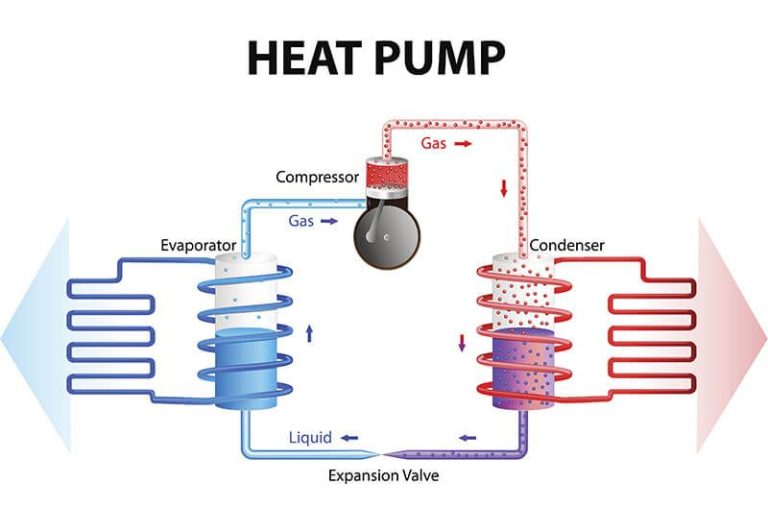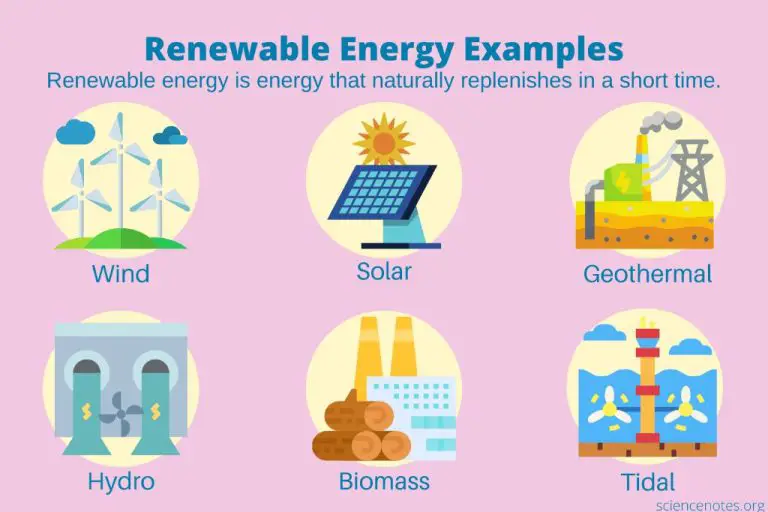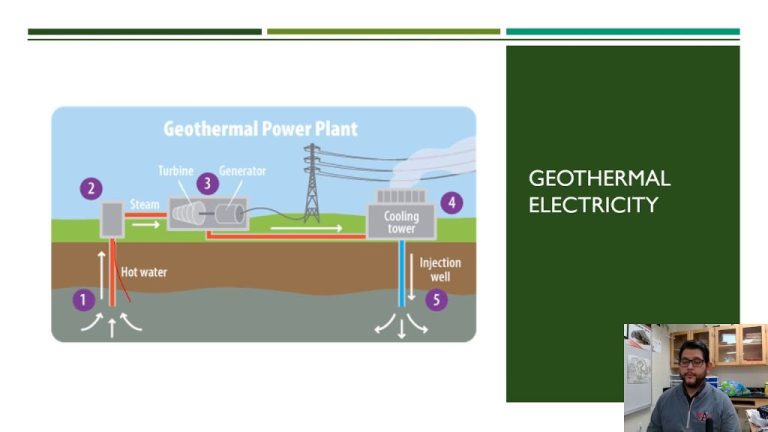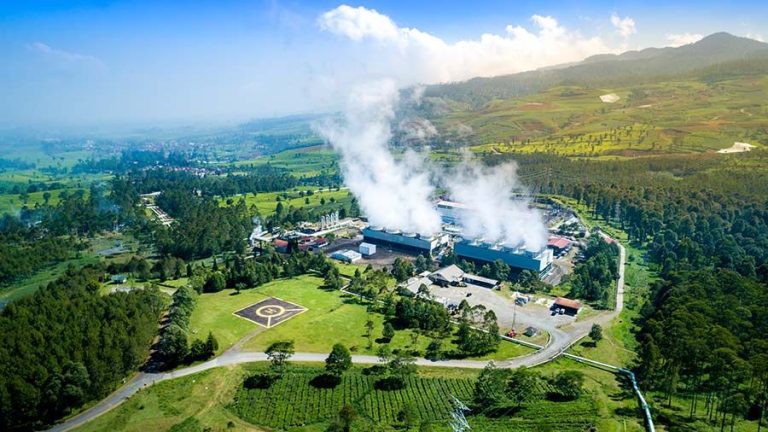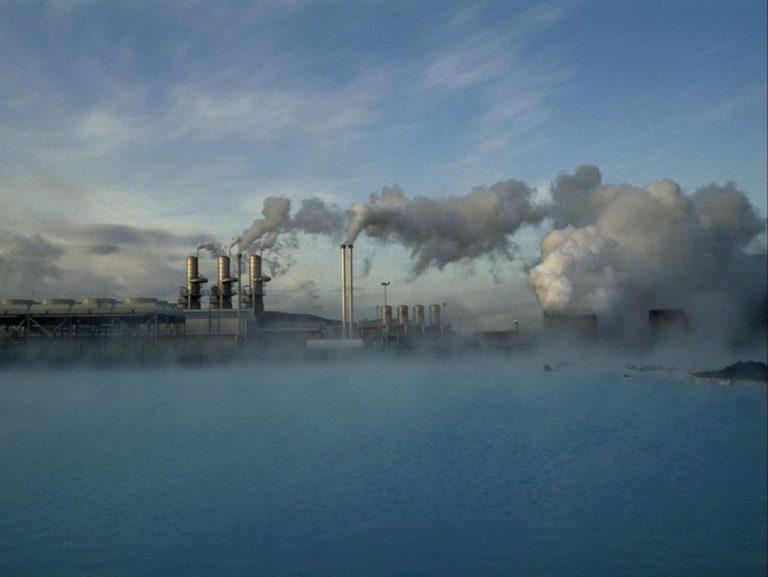How Far Can Geothermal Energy Be Transported?
Geothermal energy is defined as heat energy generated and stored in the Earth (https://www.eia.gov/energyexplained/geothermal/). The word “geothermal” comes from the Greek words geo (earth) and therme (heat) (https://www.twi-global.com/technical-knowledge/faqs/geothermal-energy). This heat within the Earth’s crust originates from the formation of the planet as well as from ongoing radioactive decay (https://www.energy.gov/eere/geothermal/geothermal-basics). Geothermal energy is considered a renewable energy source as the heat is constantly regenerated.
This content will provide an overview of geothermal energy, including the different applications for electricity production and direct use. It will examine the distance limitations for transporting geothermal energy and discuss power transmission and district heating systems. Case studies and future possibilities for expanded geothermal systems will also be explored.
Geothermal Power Plants
Geothermal power plants generate electricity by extracting hot water or steam from underground reservoirs and bringing it to the surface. As explained by the U.S. Department of Energy, “Geothermal power plants draw fluids from underground reservoirs to the surface to produce steam. This steam then drives turbines that generate electricity.” (https://www.energy.gov/eere/geothermal/electricity-generation)
There are three types of geothermal power plants – dry steam, flash, and binary cycle. In dry steam plants, high pressure steam from the geothermal reservoir is piped directly to turn the turbine generators. For flash plants, high pressure hot water is brought up from the reservoir and is converted to steam to drive the turbines. Binary cycle plants pass the hot geothermal fluid through a heat exchanger to boil a secondary fluid with a much lower boiling point, which vaporizes and drives the turbines. The geothermal fluid is then reinjected back into the reservoir. (https://www.nrel.gov/research/re-geo-elec-production.html)
Direct Use Applications
Geothermal energy can be used directly for various applications without needing to convert it into electricity first. According to the National Renewable Energy Laboratory (NREL), the most common direct uses of geothermal energy are for space heating and cooling, greenhouse heating, aquaculture, agricultural drying, industrial uses, and bathing and swimming. For example, geothermal hot water can be used to heat buildings through radiators or fan coil units. The hot water can also be used in heat exchangers for food dehydration or extraction of essential oils from plants.
Aquaculture takes advantage of warm geothermal waters to raise tropical fish and alligators that wouldn’t survive in colder surface waters. The geothermal fluids provide a constant warm environment that allows the creatures to thrive. Geothermal heat pumps use shallow ground temperatures for space heating and cooling. They transfer heat between the relatively constant ground temperature and a building. In the winter, heat is extracted from the ground and transferred into the building. In the summer, heat is removed from the building and transferred into the cooler ground.
Distance Limitations
Geothermal energy has some limitations when it comes to transporting the energy over long distances. https://www.instituteforenergyresearch.org/?encyclopedia=geothermal notes that steam from geothermal plants cannot be transported long distances because the heat dissipates. This means that geothermal power transmission is typically done by wire, with the plants located near the resource.
For direct heating uses, hot water can be piped short distances for applications like space heating, but the distance is limited. According to https://www.kcc.ks.gov/images/PDFs/education/PEP_FactSheet_2017_GeothermalEnergy.pdf, hot water district heating systems are generally no more than several miles from the geothermal source to the buildings being heated. The thermal energy tends to dissipate as it travels through the pipes over distance.
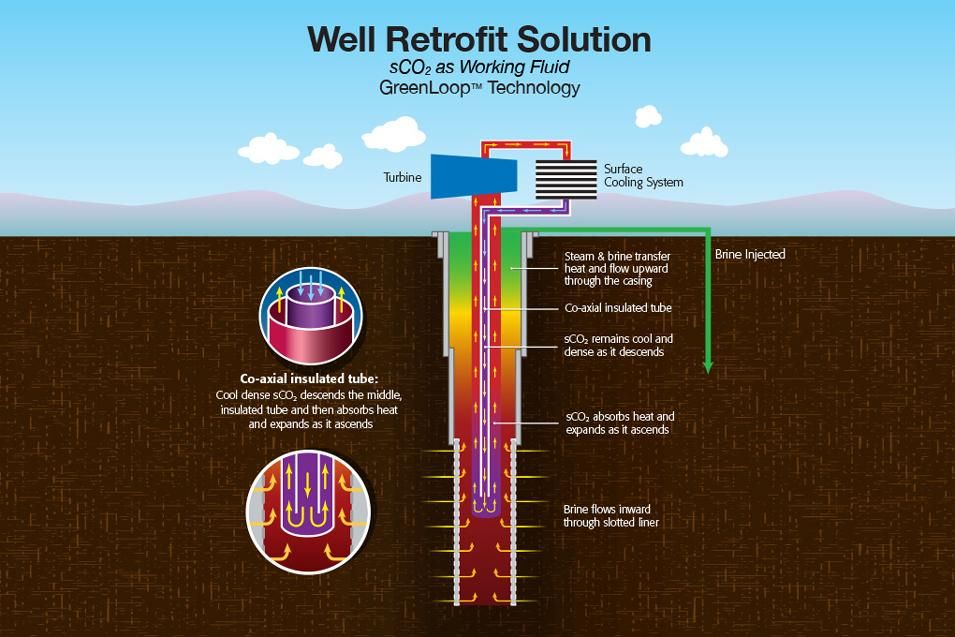
Technically, the heat loss limits the feasible distance for transporting geothermal steam and hot water. While electrical transmission of geothermal power can travel further, the generation plants need to be quite close to the geothermal reservoirs.
Power Transmission
Geothermal power plants generate electricity, which then needs to be transmitted to end users. According to the National Renewable Energy Laboratory (NREL) report, the transmission distance for electricity is limited due to line losses that accumulate over long distances. Most geothermal plants are built near the resource site, so transmission distances are usually short, under 50 miles.
For example, the largest geothermal power plant in the world, The Geysers in California, transmits power about 22 miles to Santa Rosa. Longer transmission distances would result in substantial line losses. High voltage transmission lines can transport power hundreds of miles with acceptable line losses, but geothermal power is rarely transmitted over such large distances. Ultimately, geothermal electricity is a distributed generation source, used mainly for local and regional power supply rather than nationwide transmission.
District Heating
District heating systems distribute heat generated in a centralized location through a network of insulated pipes for residential and commercial heating requirements. According to Wikipedia, some district heating systems cover entire cities and utilize large primary pipes linked to smaller secondary pipes.
The extent of district heating networks can vary greatly. Some networks span entire cities and provide heat to a majority of buildings. For example, over 90% of buildings in Stockholm, Sweden are connected to the district heating system, which totals over 800 km in length (Wikipedia). Other networks may only serve a small section of a city or town.
District heating is more common in denser urban areas where there is a larger concentrated heating demand. Laying the piping infrastructure can be costly, so having customers in proximity is important for feasibility. The distance heat can be transmitted depends on the size of the pipes, quality of insulation, and heat loss along the way.
Heat Pumps
Heat pumps allow the heat energy from geothermal reservoirs to be transported much further than direct use applications. Heat pumps use a refrigerant that is compressed and expanded to move heat between two sources. The heat extracted from the earth via underground loops or wells can be “amplified” by 2-3 times[1]. This allows geothermal heat to be used for space and water heating in buildings miles away from the geothermal reservoir. Widespread use of heat pumps could eliminate the need for long distance electric transmission lines to transport renewable power[2]. Heat pumps extend the useful range for geothermal energy transportation from several miles for direct use to 10s of miles for distributed heating applications.
Case Studies
There are a few examples of long-distance geothermal projects that transport heat over longer distances. In Paris, France, geothermal district heating pipes extend up to 28 kilometers to distribute heat from geothermal wells to parts of the city. The geothermal heat network provides heat and hot water to over 200,000 households.
Iceland is able to transport geothermal energy longer distances due to the country’s abundant geothermal resources. For example, the Namafjall Geothermal Power Plant in northern Iceland transports steam over 90 kilometers to a converting station near the capital Reykjavik. The steam is converted to electricity which is fed into Iceland’s national grid.
According to the article “MiniGeo – A Small-scale, off-grid Geothermal Power Plant for Remote Areas” from ThinkGeoEnergy, a small-scale geothermal power system called MiniGeo was designed to provide electricity to remote communities up to 10 kilometers away from the heat source.
Future Possibilities
Advances in technology like Enhanced Geothermal Systems (EGS) could extend the reachable distance for geothermal in the future. EGS involves injecting fluid into hot rocks deep underground to extract heat for electricity generation or direct heating applications (1). By creating artificial reservoirs, EGS can potentially tap geothermal resources far below conventional hydrothermal reservoirs.
According to the U.S. Department of Energy, EGS has the potential to provide 100 gigawatts of clean, renewable electricity by 2050 in the United States alone, with transmission distances improved by advancing drilling techniques and using supercritical fluids that transport heat more efficiently (2). While EGS systems are still in early development stages, successful demonstration projects in Europe and the United States show promise for increasing geothermal viability in areas lacking natural hydrothermal resources.
With continued EGS research and development, geothermal could become accessible across larger swaths of land in the future. This would open up new possibilities for transmitting renewable geothermal energy over longer distances to population centers far from geological hot spots.
Sources:
(1) https://www.sciencedirect.com/topics/earth-and-planetary-sciences/enhanced-geothermal-system
(2) https://www.energy.gov/sites/default/files/2022-09/EGSFAQ_Sept22.pdf
Conclusion
In summary, the distance geothermal energy can be transmitted depends greatly on the application. For electricity generation through geothermal power plants, transmission distances are limited to around 30-50 miles from the source without significant energy losses. This can be extended to a few hundred miles in some cases through the use of more advanced methods like assisted geothermal systems. For direct heating uses like district heating systems and geothermal heat pumps, the distance is more flexible since heat can be carried efficiently through insulated pipes and only requires circulating pumps rather than high voltage lines. District heating systems in Europe have delivered geothermal heat up to 18 miles from the source. Geothermal heat pumps can extract stable shallow ground heat essentially anywhere. While geothermal energy has limitations on transmission distance, the steady advancements in heat pumps, district heating, deep drilling, and power transmission technologies will continue to extend the viable radius for many applications.
Overall, geothermal energy shows excellent potential for providing renewable baseload heating and power generation, especially for communities built near quality geothermal resources. With further research and infrastructure development, geothermal energy could sustainably support energy needs across wider regions in the future through interconnected district heating networks and smart power grids.

